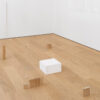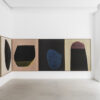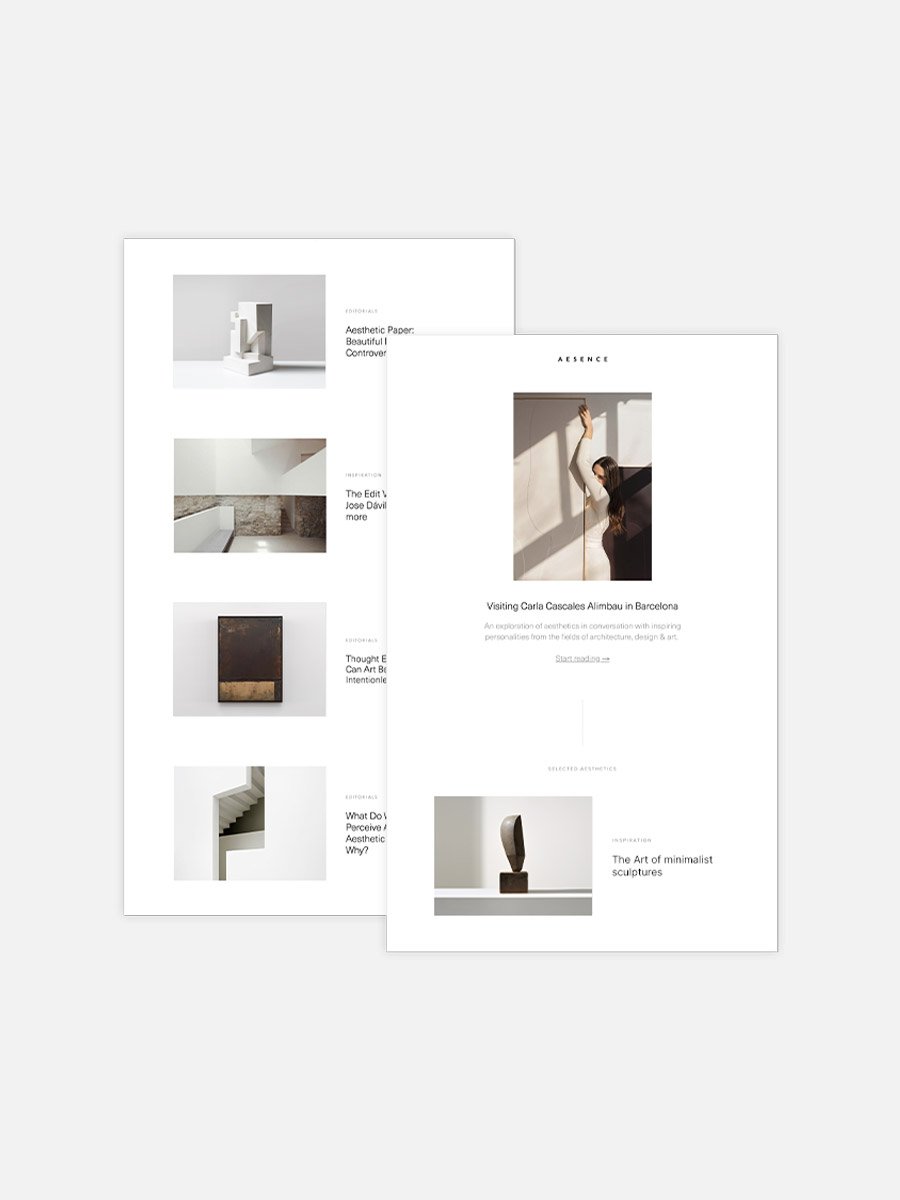Archetypes, Bernar Venet’s solo show at Perrotin Shanghai, is a candid and philosophical meditation on the curved line. The exhibition features a performance, two works on paper, and five sculptures. The arcs, tangled parentheses of black patina or rusted flush, hold an elegantly improbable allegiance to both geometry and disorder.
There’s something mutinous about a horizontal arc, toppled over. As art historian Maurice Fréchuret notes in his writing on French conceptual artist Bernar Venet, the archway has long been a symbol of power. And it’s true: upright at city entrances, arches corral bodies and attention toward the center. They tunnel us toward meaning, order, and control. Venet’s leaning, fallen arcs reject all that indoctrination. (After all, an arc for Venet is neutral, a monosemic unit of geometry.) With an impulsive flare, he lets go of structure, meaning, and even artistic authority. The rest is gravity.
Venet has likened his artistic path to sleepwalking, a “combination of accidents and discoveries.” Early on, in the 1960s, he set out to dematerialize art altogether using mathematical equations, diagrams, and maps. These sterile, blank-eyed compositions were pure information, and, brilliantly enough, pure abstraction. They asked, in effect: Can raw data, stripped of narrative or style, be art?
It was a radical advancement in conceptualism, and Venet knew it. In 1967, he said as much, albeit politely, to Marcel Duchamp, who was then more than 50 years his senior. Duchamp, in his characteristically quick-witted way, replied: “La vente de vent est l’event de Venet.” The sale of wind is the event of Venet.
That early logic, buoyed now by a greater scientific and philosophical rigor, continues in Archetypes. On one side of the gallery, four maquettes rest on two pedestals, their radicality easy to overlook. These low-slung nests of arcs, dating from 1998 to 2025, share an affinity for entropy found in Venet’s earliest works: the artist’s body sprawled amid trash in Performance in Garbage (1961); the mound in Pile of Coal (1963) collapsing across the gallery floor.
At scale, Venet’s arcs grow cinematic. Versailles Effondrement: 85.8˚ Arc x 16(2018), now installed outdoors in the south of France, begins with the drama of one towering arc capitulating. The rest follow, sixteen steel giants cascading into a whimsical heap. This spectacle of gravity and chance reappears in Archetypes, during a performance on opening night. A four-and-a-half-meter curved steel bar, rolled in paint and suspended from the ceiling, is swung by the artist against a canvas on the wall. The residual marks will remain in the gallery, a site-specific industrial fascia of a painting.
Across the long gallery room, two maquettes of vertical arcs stretch upwards. Flanking them are two large charcoal and oil stick drawings of interlocking arcs. The works here are self-referential, yet they echo Convergence: 54.5° Arc x 14, Venet’s recent commission for the 2024 Paris Olympic Games. In that now permanent public sculpture, fourteen arcs rise in a tented embrace, evoking the Olympic Flame.
Whether in steel or in softer charcoal, the tufted arcs build a porous architecture. Their negative spaces, the hooded eyelets and vacancies between limbs, add a magnetism. And if they are accidentally beautiful, it’s the beauty of dancers’ bodies, insolent and orchestral.
Text by Paige Haran
© Photo Courtesy of Perrotin Shanghai



